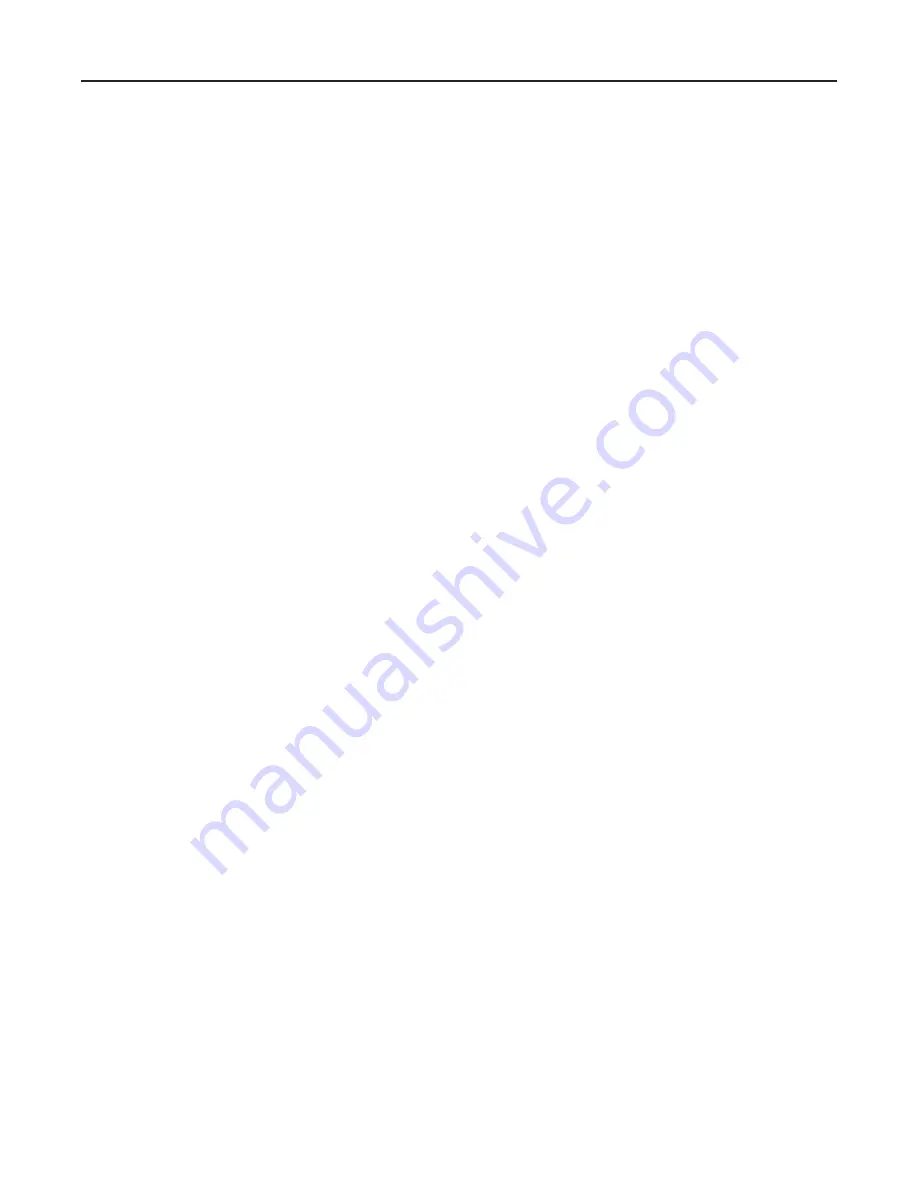
Types 98LD and 98HD
6
to inspect internal parts. Suitable lubricants are
indicated on the assembly drawings. Apply the
lubricant as the relief valve is being reassembled.
Refer to Figure 4 or 5 while servicing the relief valve.
Disassembly to Replace Diaphragm
and Seats
If the relief valve is leaking, the diaphragm may be
ruptured or the seating surfaces nicked or scratched.
Proceed as follows to replace or repair the diaphragm,
orifice, and valve plug.
.
1. Release all spring compression by turning the
adjusting screw (key 33) counterclockwise until it
turns freely without resistance from the spring.
.
2. Remove cap screws (key 16) and lift off the
spring case (key 2), spring (key 11), upper
spring seat (key 9), and diaphragm assembly.
(The diaphragm assembly includes the locknut
(key 26); pusher post (key 6); lockwasher
(key 23); lower spring seat (key 8); diaphragm
(key 12); gasket (key 10); and valve plug (key 4).
In Type 98LD, there is also a diaphragm head
(key 25). Type 98HD has another washer
(key 7); and an O-ring (key 45)).
note
Two diaphragms are used if the
diaphragm material is metal or
Fluorocarbon (FKM) except only for
Type 98LD, NPS 1/4, 2 to 7 psi (0,14 to
0,48 bar) range which uses only one
metal diaphragm.
3. Check the orifice (key 3). If it needs replacing or
repairing, unscrew the valve plug guide (key 5) and
then the orifice. The valve plug can be removed by
sliding it off of the pusher post.
.
note
if damage to elastomer or metal seating
surfaces is severe, replace the orifice
and valve plug O-ring with new parts.
However, by following the lapping
procedure below, it is possible to repair
metal seating surfaces if they are only
slightly worn or scratched.
4. Lapping procedure:
a. Place a small amount of 500-grit silicon carbide
or aluminum oxide lapping compound on a flat
surface such as a piece of heavy plate glass.
b. Take the valve plug or orifice and move it in a
Figure 8 motion on the lapping compound. Do not
allow the part to tip or rock since this would round
the corners.
c. Repeat step b for each part, using an
800-grit or 1000-grit silicon carbide or aluminum
oxide lapping compound.
d. Wash away all traces of the lapping compound.
To help prevent scratching the seating surfaces,
a light coat of oil may be applied before returning
the valve plug and orifice to the body.
5. Return the orifice and valve plug guide to the body.
6. To replace the valve plug O-ring (key 22), remove
the screw (key 24) and O-ring retainer (key 21)
from the plug. Remove and replace the O-ring.
7. Remove the locknut from the pusher post in order
to separate the parts of the diaphragm assembly.
Inspect and replace if necessary, the diaphragm,
diaphragm gasket (key 19, Type 98LD), and
pusher post gaskets (key 10, Type 98LD).
note
These relief valves have either a metal
or elastomer diaphragm. if a metal
diaphragm is to be replaced with an
elastomer diaphragm, or an elastomer
diaphragm with a metal diaphragm, a
new pusher post is required.
8. If the regulator unit has metal diaphragms:
a) Find the pusher post (key 6) and place on a
surface with the larger flat surface down and the
thread stem up (metal diaphragm pusher post has
a recessed diameter in the bottom surface). Then,
find one smaller composition gasket (key 10) and
fit it over the threaded end of the pusher post. Find
and take one of the diaphragm heads and slip
it over the threaded end of the pusher post with
the chamfered side of the diaphragm head toward
the gasket. Take a second gasket and place it
over the threaded end of the pusher post on top of
the diaphragm head.
b) Replace one of the two large diaphragm gaskets
(key 19) on the surface of the body that will
support the diaphragms. There will be two
diaphragms used per regulator, except for
Type 98LD, NPS 1/4 with 2 to 7 psi (0,14 to
0,48 bar) outlet setting which uses only one metal






























